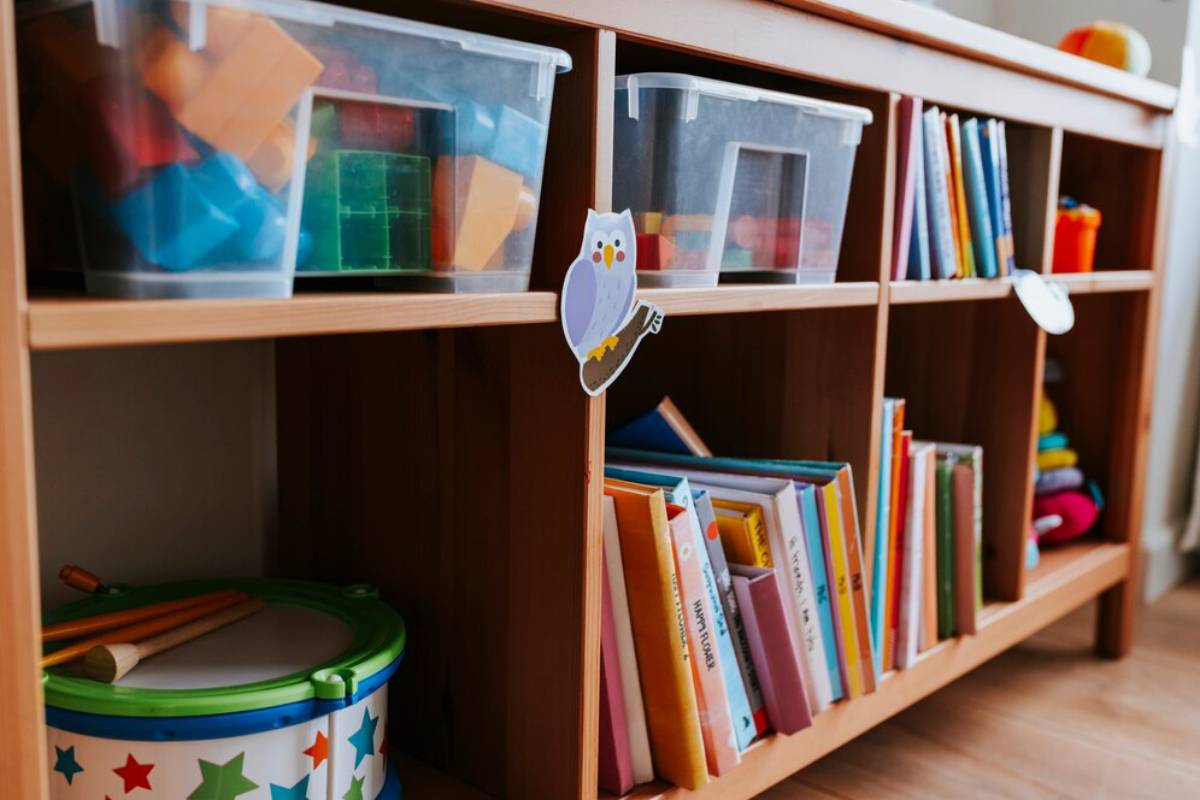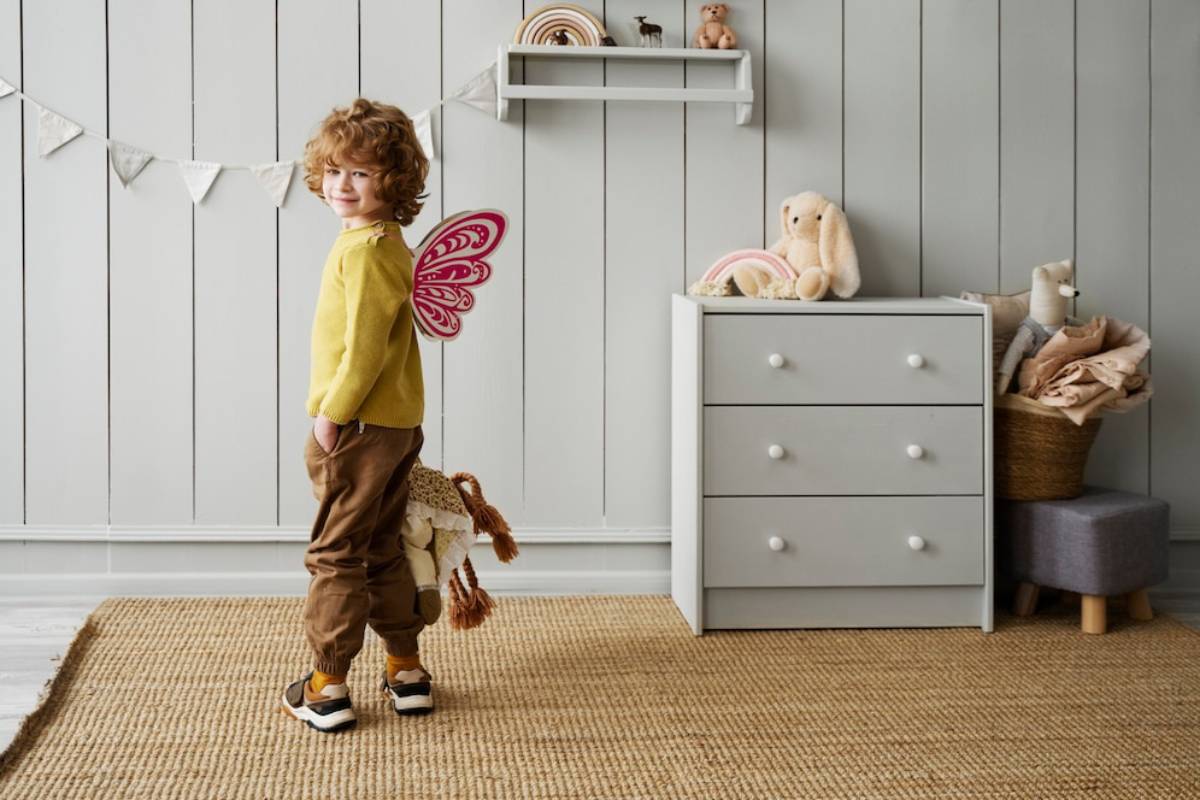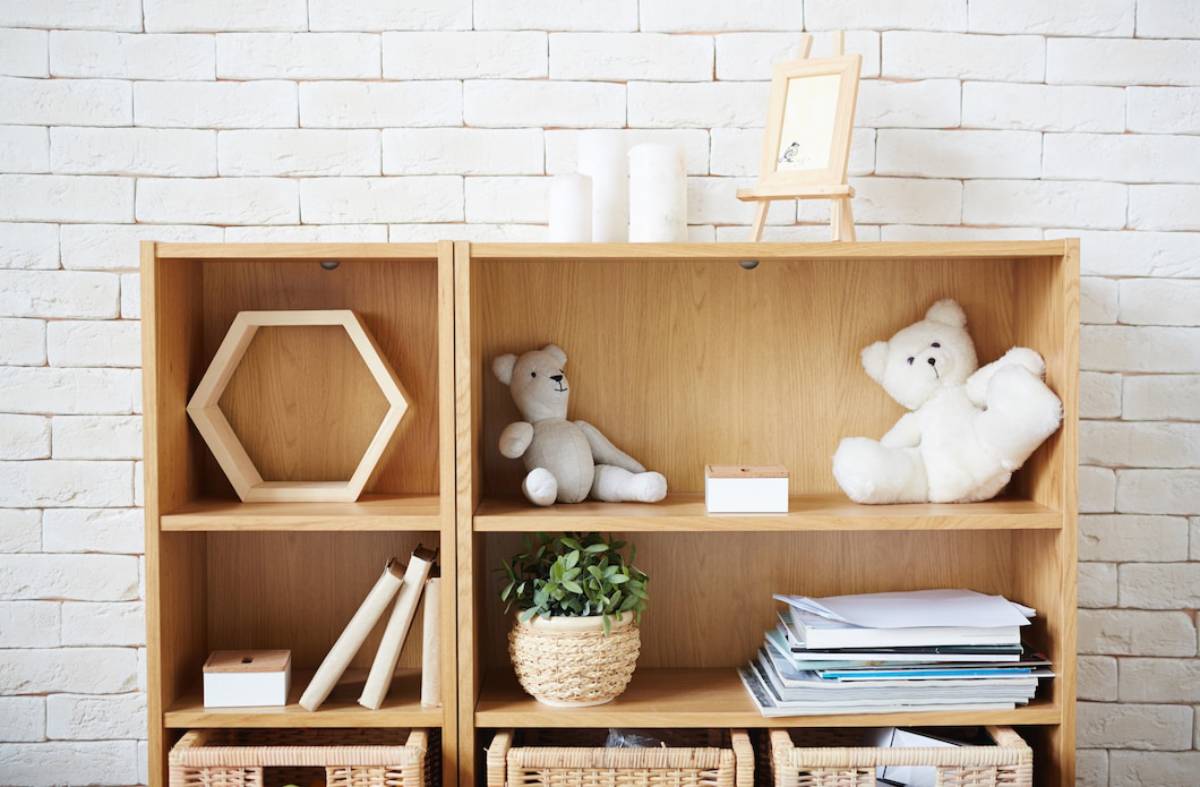
Creative Storage for Small Kids’ Bedrooms
Designing a child’s bedroom in a small space can feel like trying to solve a Rubik’s Cube with your eyes closed — endlessly twisting and turning to find what fits. If you’re working with limited square footage, chances are you’re battling clutter, cramped corners, and creative chaos. But there’s good news: Scandinavian design offers the perfect blend of simplicity, style, and function to make a child’s room feel serene and sorted, not squashed.
In this guide, we’ll dive into the best kids’ storage ideas inspired by Scandinavian style, tailored specifically for small space kids’ rooms. From multi-functional furniture to space-saving layouts, you’ll discover practical, beautiful solutions that grow with your child and work for your home.
Let’s explore how to design a minimalist-inspired, storage-savvy space your child will love — and one you’ll love keeping tidy.
Why Scandinavian Design is Perfect for Small Kids’ Rooms

Scandinavian interiors are renowned for their clean lines, muted tones, and smart use of space — all of which make them ideal for smaller rooms.
Key Principles of Scandinavian Style
- Functionality First: Everything has a purpose. Furniture doubles up with storage, and layouts favour ease of movement.
- Neutral Colour Palettes: Whites, greys, pale woods, and pastel tones help reflect light and create an airy feel.
- Natural Materials: Think birch wood, cotton, and wool — soft textures that feel cosy but not cluttered.
- Simplicity and Calm: A minimalist approach keeps visual noise to a minimum — perfect for relaxing and focusing (yes, even for kids).
These principles aren’t just pretty — they work wonders in a small space, especially when paired with clever organisation.
1. Start with Smart, Multi-Functional Furniture
One of the cornerstones of Scandinavian design is furniture that does more than one job. In a child’s room, this can be a game-changer.
Space-Saving Furniture Ideas
- Beds with Built-In Drawers: Under-bed storage is the goldmine of small rooms. Store clothes, toys, or spare bedding.
- Loft Beds: Elevate the sleeping area and use the space below for a reading nook, desk, or wardrobe.
- Convertible Cribs or Cots: For babies and toddlers, look for designs that grow with them, converting into toddler beds or daybeds.
- Storage Benches or Window Seats: These offer both seating and a place to stash toys or books — perfect by a sunny window.
By choosing furniture that doubles up, you instantly increase floor space and reduce clutter — all without sacrificing style.
2. Use Vertical Space Wisely
When floor space is tight, look up. Vertical storage is essential in a small room and, when done right, can be a design feature in itself.
Vertical Kids Storage Ideas
- Wall-Mounted Shelves: Stagger them creatively across the wall. Use for books, night lights, or soft toys.
- Pegboards: A flexible and Scandi-chic way to store small items, art supplies, or even hang little baskets.
- Tall, Narrow Bookcases: Choose open shelving to keep the room feeling light. Store books, puzzles, and boxes with toys.
- Hooks at Child Height: Perfect for encouraging independence — hang backpacks, hats, or dressing gowns.
Tip: Keep vertical storage visually light by using natural wood or white finishes to avoid overwhelming the space.
3. Think Modular and Moveable
Children grow, and so do their storage needs. Scandinavian design embraces modular elements that you can reconfigure as they grow.
Flexible Solutions to Grow With
- Cube Storage Units: Popular in Nordic homes, these work well for everything from toy bins to clothing. Use fabric boxes for a neat, uniform look.
- Stackable Crates or Drawers: Easy to pull out, rearrange, and label. Great for rotating seasonal toys or clothes.
- Mobile Trolleys: Ideal for arts and crafts. Let your child wheel their creativity around as needed — and wheel it away just as easily.
- Clip-On Accessories: From bed rails with pockets to cot-side organisers, choose options that can be moved or adjusted as needed.
The beauty of these is their longevity — a well-chosen storage cube or crate system can work from toddlerhood through teenage years.
4. Make It Child-Friendly
One of the most overlooked aspects of kids’ storage ideas is making them actually usable for children. Scandinavian rooms empower independence through child-accessible design.
Storage at Their Level
- Low Shelves and Open Baskets: Encourage kids to take responsibility for their belongings.
- Labelled Bins with Pictures: Especially helpful for younger children who can’t yet read.
- Toy Rotation Boxes: Keep a few out and store the rest. Rotate weekly to reduce mess and keep toys feeling fresh.
- Daily Use Zones: Create a “get ready” zone with school essentials and a “wind-down” area with books and bedtime toys.
This setup doesn’t just help keep the space tidy — it teaches children essential life skills.
5. Incorporate Calming Colours and Textures
Storage isn’t just functional — it’s also a design opportunity. Use soft colours and natural textures to keep the room calm and cohesive.
Scandinavian Styling Tips
- Stick to a Soft Palette: White furniture with pastel or muted accent tones keeps things airy.
- Natural Materials: Woven baskets, jute rugs, and wooden toys look beautiful and feel organic.
- Hidden Storage: Closed storage units with sleek handles or push-open doors blend in with the decor.
- Minimal Wall Decor: A few framed prints or a string of soft lighting add charm without visual clutter.
Remember, the goal is to create a space that feels soothing and organised — not sterile or overly themed.
6. Design Storage Zones for Different Activities
Dividing the room into zones helps manage clutter and sets the stage for different kinds of play or rest.
Example Room Zones
- Sleep Zone: Keep it calm — bedside shelf or drawer for books and a nightlight.
- Play Zone: Open bins for easy toy access and a soft rug for floor play.
- Learning Zone: Small desk with drawers or caddy for supplies.
- Dress Zone: Hooks and baskets for clothes they can pick themselves.
This approach helps create mental boundaries in the space — especially helpful if your child also uses the room for remote learning.
7. Make Clean-Up Time Easy and Fun
Let’s be honest — no parent wants to end the day arguing about tidying up. Scandinavian design promotes easy systems that kids can follow on their own.
Tidy-Up Strategies That Stick
- “One In, One Out” Rule: For every new toy, donate or store one away. Helps manage overflow.
- Five-Minute Challenge: Use a timer and make it a game — how many toys can they put away before it buzzes?
- Use Baskets Without Lids: No fiddly closures means faster clean-up.
- Visible Storage: Clear bins or open shelving help kids know where things go.
A streamlined setup, combined with routine, encourages better habits and less stress for everyone involved.
Real-Life Inspiration: The Freya Room Makeover
Take Freya, a four-year-old living in a two-bedroom London flat. Her parents struggled with toys underfoot, clothes on chairs, and art supplies in every corner. They turned to Scandinavian principles and transformed her room without spending a fortune.
- A second-hand IKEA loft bed freed up space underneath for a desk and wardrobe.
- They added a pegboard for crayons and craft tools, which doubled as wall art.
- A reading nook with soft cushions and a floor basket made wind-down time easy.
- Everything was kept within Freya’s reach — fostering independence and reducing daily messes.
Now Freya calls it her “big girl room,” and her parents? They’re no longer stepping on Lego pieces barefoot.
Small Room, Big Possibilities

Designing a small kids’ bedroom doesn’t mean compromising on style or storage. With the right mix of Scandinavian sensibility and smart planning, you can create a space that’s beautiful, functional, and grows with your child.
By embracing modular solutions, vertical storage, and neutral palettes, you bring both calm and order to the chaos — all while teaching your little ones independence and tidiness in the process.
So, if you’re ready to reclaim your child’s room from the clutches of clutter, start with one small change today. Maybe it’s swapping out the toy chest for cube bins, or adding a pegboard above the desk.
What’s your biggest kids’ room storage challenge? Share your story in the comments — and let’s inspire each other to create simpler, smarter spaces for our little ones.


